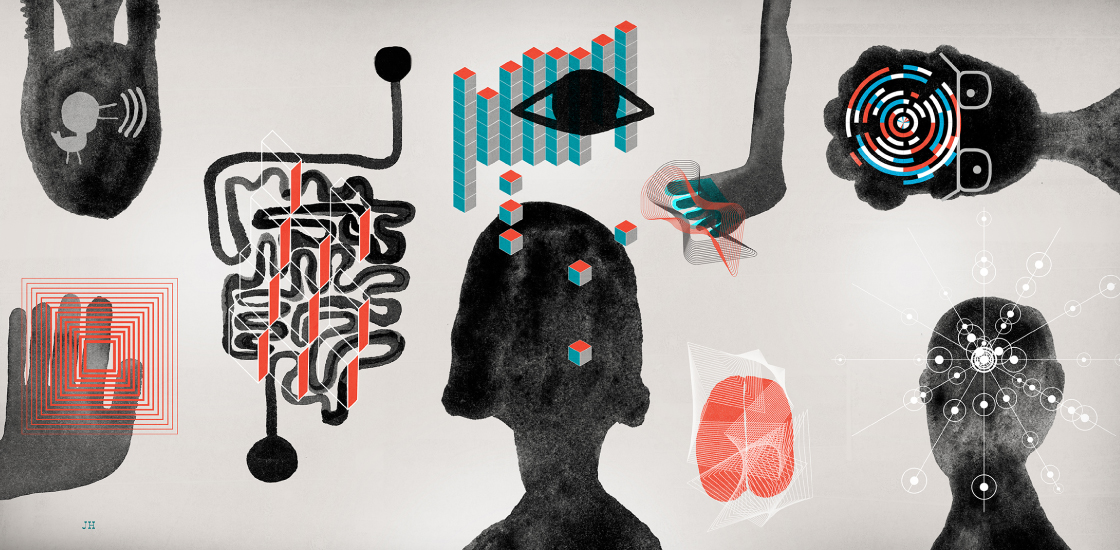Autism diagnosis must account for individual ability to function
A new guide offers the most detailed assessment yet of ability in people with autism, and may be a useful tool for diagnosis and research.

There are any number of ways to conceptualize behavioral problems. There has been an emerging consensus over the past four years that mental conditions should be understood from at least three perspectives: the features or symptoms present, the effects on daily functioning within various environments, and a person’s subjective experience and quality of life.
The standard diagnostic manuals provide useful categorical descriptions of various conditions. But neither the “International Statistical Classification of Diseases” nor the “Diagnostic and Statistical Manual of Mental Disorders” sufficiently account for either an individual’s ability to function in his daily life, or the quality of his life. Yet functioning and daily experience are frequently the starting points for clinical assessments.
The components of the two manuals that address function are crude. They don’t precisely define or quantify abilities and disabilities in specific contexts, such as the workplace or among peers at school.
In 2001, the World Health Organization published a guide that could serve as a platform for a comprehensive, standardized clinical assessment of functioning. This International Classification of Functioning, Disability and Health (ICF) documents all the possible categories — 1,600 in all — of an individual’s mental and physical functioning. However, this encyclopedic tome is too broad to be practical for clinical use.
So experts around the world, including myself, have been developing guides for select psychological and physical conditions since the ICF’s publication. These documents contain only the most relevant categories. These new ‘core sets’ are designed to specify the essential abilities and disabilities associated with each condition.
Core focus:
I was part of an international, multidisciplinary effort to establish a core set for autism. This collaboration included pathologists, psychiatrists, educators and other specialists from five continents.
In September, we finalized this autism core set, which contains the relevant entries from the ICF. This resource pinpoints autism’s impact on functioning in every possible context. With this information, clinicians and researchers can accurately identify and capably treat people in need, and policymakers can fully assess the condition’s cost to individuals and society.
To create a core set for autism, we followed a rigorous four-step process. First, we conducted a systematic literature review. My colleagues at the Karolinska Institutet and I analyzed 71 autism studies, from which we identified 99 relevant categories of functioning. The most common are basic interpersonal interactions, complex interpersonal interactions, emotion, attention and language. We published these results last year1.
An international pool of leaders in the field provided their input on ability and disability in autism. In January, we surveyed 225 experts about the areas of functioning in autism. Their responses pointed to 103 important categories. These areas include complex interpersonal interactions, control of voluntary movement, and functioning with the immediate family2.
We then assembled people with autism, immediate family members and professional caregivers from five countries to find out what they think are the relevant abilities and disabilities.
Finally, we conducted a cross-sectional study of 122 people with the condition in 11 clinical settings in 10 countries, to observe and describe their functioning. Reports from these two steps are in preparation and are expected to be published by mid-2017.
Diagnostic designs:
The last step of our process was to assemble the evidence from these preparatory studies and arrive at a core set of functioning categories for the condition.
In September, the Center of Neurodevelopmental Disorders at Karolinska Institutet (where I am director), in collaboration with the World Health Organization and several other groups, defined several core sets for autism. These include a comprehensive core set, a brief core set and core sets for different ages: 0-5, 6-16 and older than 16 years.
The comprehensive set is meant for settings in which a full description and assessment of functioning is necessary — for example, when planning the treatment strategy for an individual. The brief and age-related sets are useful when time and resources are limited, as in epidemiological research.
We aim to make the autism core sets available online and in the journal Autism Research in 2017. We have also published detailed descriptions of the protocol and project3.
Finalizing the ICF core sets is a milestone in the functional assessment of autism, but their clinical utility is still somewhat limited. For example, the sets do not include scales to quantify an individual’s level of ability.
The next step is to derive meaningful, standardized diagnostic instruments, such as questionnaires and observation rubrics, for different settings, such as the clinic or the lab. Doctors, scientists and policymakers can then use these tools to assess functioning and disability in individuals with autism. Clinicians may then tailor treatment plans and follow the effects of that treatment based on these functional assessments.
References:
Recommended reading

Too much or too little brain synchrony may underlie autism subtypes

Developmental delay patterns differ with diagnosis; and more

Split gene therapy delivers promise in mice modeling Dravet syndrome
Explore more from The Transmitter

During decision-making, brain shows multiple distinct subtypes of activity

Basic pain research ‘is not working’: Q&A with Steven Prescott and Stéphanie Ratté
